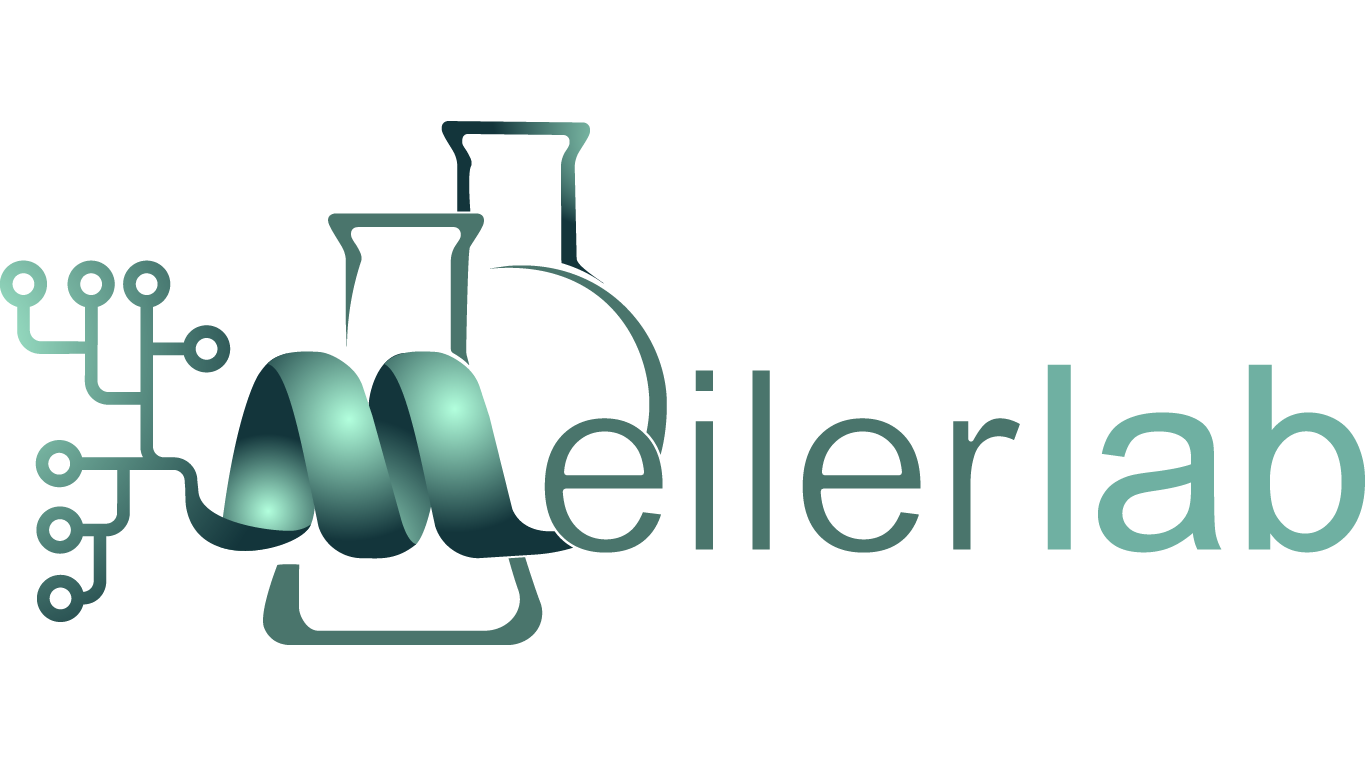The process of drug discovery and drug design is a time-consuming process with the goal of obtaining potent, yet safe and applicable drugs. It is typically an iterative process between a lead structure that is refined to yield the final drug and the pre-clinical testing. Computational methods have speed up and increased the accuracy to find new lead structures and perform lead optimization e.g., on small molecules. The process of drug discovery can be aided by computational methods (CADD = computer aided drug discovery), such as quantitive structure activity relation (QSAR), ligand docking, protein-ligand docking and virtual high-throughput screening. Whilst the lead identification and lead optimization process is increasingly performed in silico, the job of a medicinal chemist is to synthesize promising small molecules of interest and have them tested for biological/preclinical studies.

Figure: The Drug Discovery Pipeline
